Tips to Get the Perfect Image References for 3D Modeling
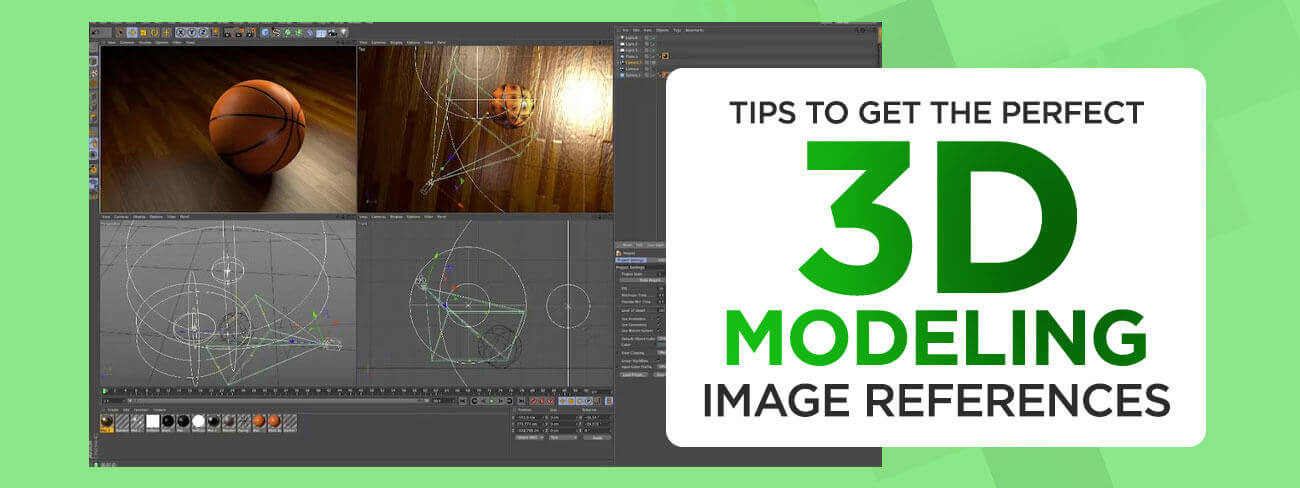
Image references have become essential need to all kinds of 3D design projects, especially when it is about developing something that exists. References help 3D designers envision their artistry and retain the accuracy of the object. Visual cues also provide a clear understanding of the functionality, usage, and detailed specifications.
Curious to know all about 3D model references and what is the optimum way of gathering them? Stick with us until the end.
Why are proper image references required for 3D modeling?
Image references are nothing but visual materials and representations of the actual object to be modeled in 3D. The object can be a real estate property, a product, a machinery part, industrial equipment, an electronic gadget, or anything from the real world. References can come in the following formats:
- Rough Sketches
- Drawings
- Photos
- Blueprints
Any one of these references is then passed on to the 3D artists for their deeper understanding and analysis. The team gets a clear understanding of the texture, material, structure, dimension, etc., of the object, which are highly crucial for developing an accurate 3D model. The pattern of light interaction, shadow, and reflection points is also vital.
All these data can be analyzed and put to use during the initial conceptualization phase.
What are some of the common criteria for getting perfect image references for 3D modeling?
Now that we have explained the significance of detailed image references and how they can help the modeler match the final 3D model closely with the real-world object, let’s delve deep into another vital aspect.
It’s time to talk about the common criteria to ensure accurate reference images. These tips will guide anyone on how to make reference images for 3D modeling.
Multiple-angle views
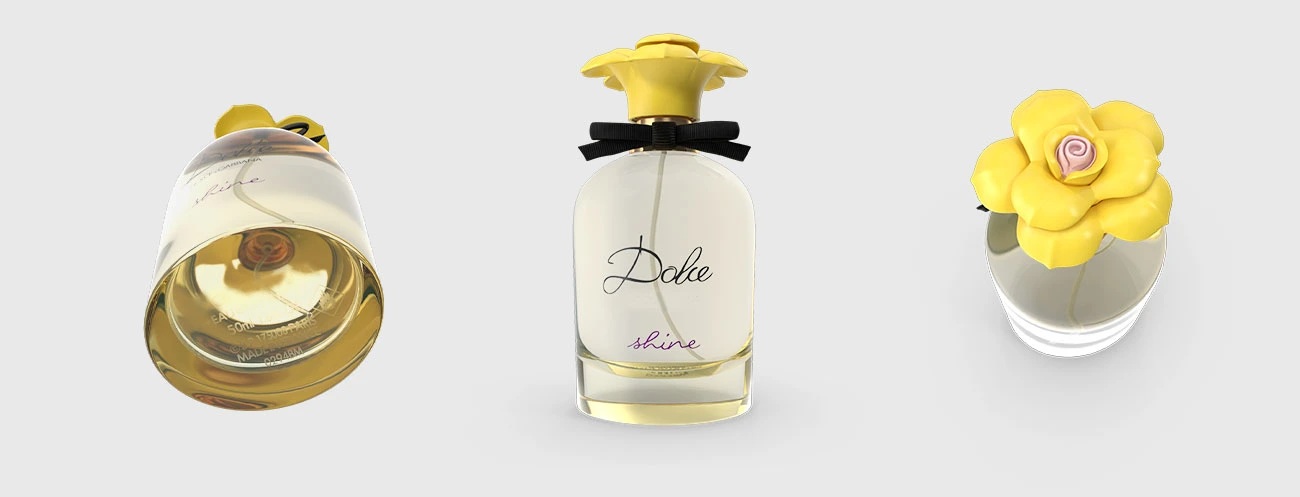 Multiple views
Multiple viewsAs the 3D designer needs to envision the concept from a realistic perspective, the reference image must have multiple angled views of the actual object. This alone will ensure the natural dimensions and proportions are correctly maintained in the final 3D rendition.
Ensure that the 3D model reference images are taken from at least 2-3 angles - from the top and all the sides, viz., front, back, left, and right. Along with different angles, multiple copies must be given to the artist to get all the elements in the final product correct.
-
Flawless lighting
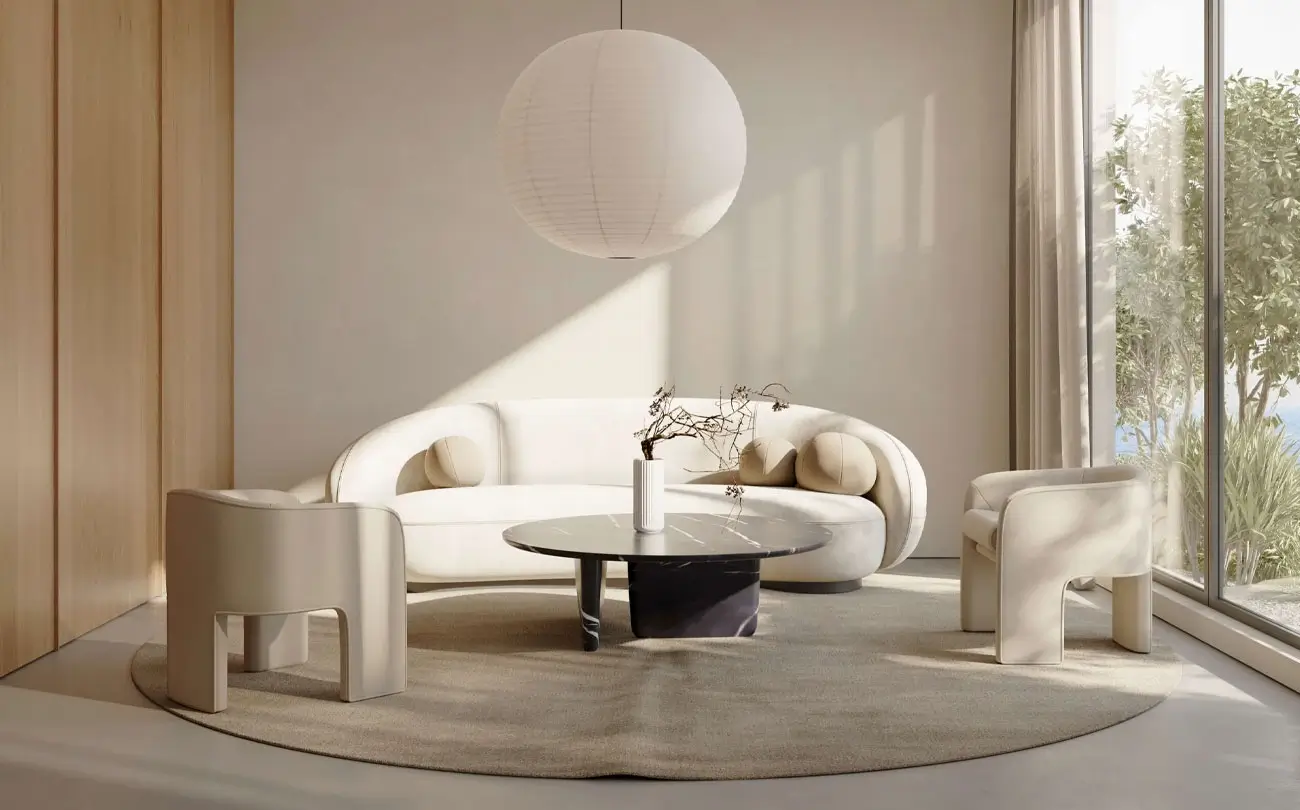 Perfect lighting
Perfect lightingAll the 3D reference model samples must have a perfect lighting arrangement to give the designer a better understanding of the actual object. Developing any model in three-dimensions requires a proper understanding of light and shadow, as well as reflection points; only then will the model look realistic.
There are a couple of principles based on which 3D artists usually light the models:
- Light source on the top side of the camera. Light sources can be diverse: outdoor sunlight, indoor bulbs (incandescent), lights and reflectors in professional photography studios, flash photography, even candles or lamps.
- Light from one part of object hitting the opposite, thus casting a shadow.
- Soft shadows, as dark shadows often distract the modelers’ focus from the actual object, creating high chances of quality compromise.
-
Accurate proportions
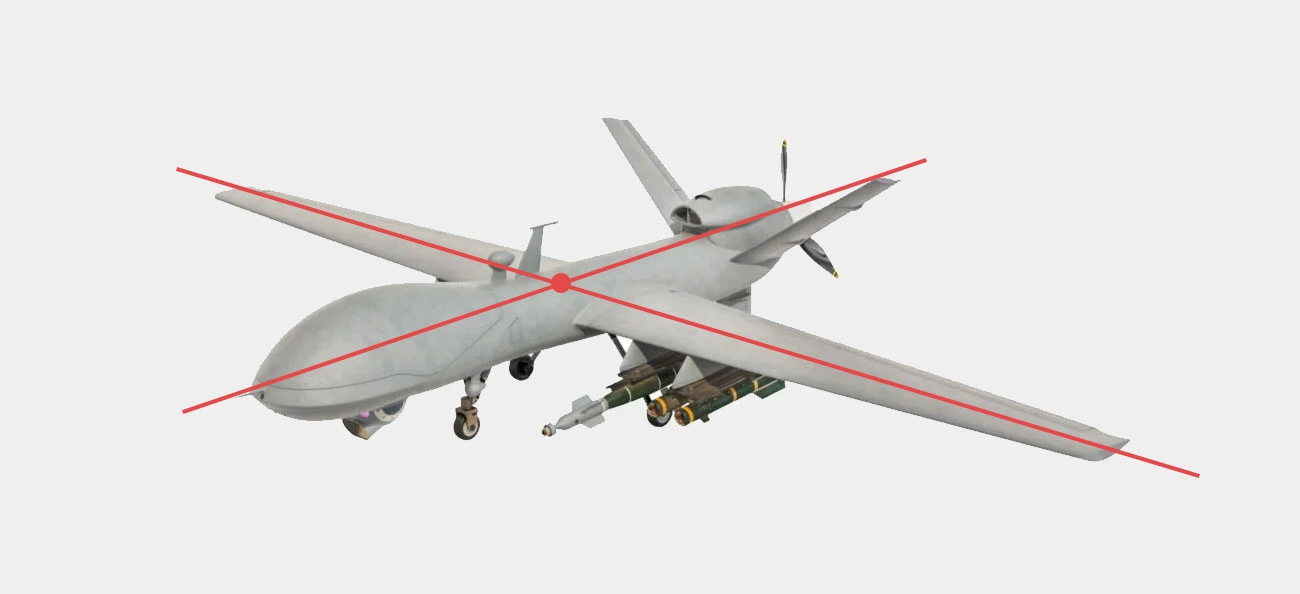 Accurate proportions
Accurate proportionsIn 3D visualizations, it’s all about the right proportion that ensures none of the elements in the model are disproportionate from any angle. To facilitate such precision, the images taken of the object to be modeled must have real-world measurements.
Sloppy photo samples can make the object look unnatural and fake, ruining the whole point of visualizing it in three-dimensions. After all, manufacturers and marketers try to impress their prospects with high-poly 3D product models and help them make more informed choices.
Using ratio as a metric is effective in determining the size of an object compared to another. It becomes easier when several of them are kept side by side.
-
Product details must be reflected within the photo
 Highly detailed
Highly detailedThe perfect type of 3D modeling image references consists of a lot of product detail. The more details there are, the more data the 3D artist gathers; thus, allowing them to recreate exactly what is required.
Two kinds of shots can be considered for the purpose: wide shots and close-up shots. Each of these has its own advantage. For example, wide shots give context to the designers, while close-ups are best for displaying intricate details. An absolute balance must be struck between these shots.
-
Reference URL
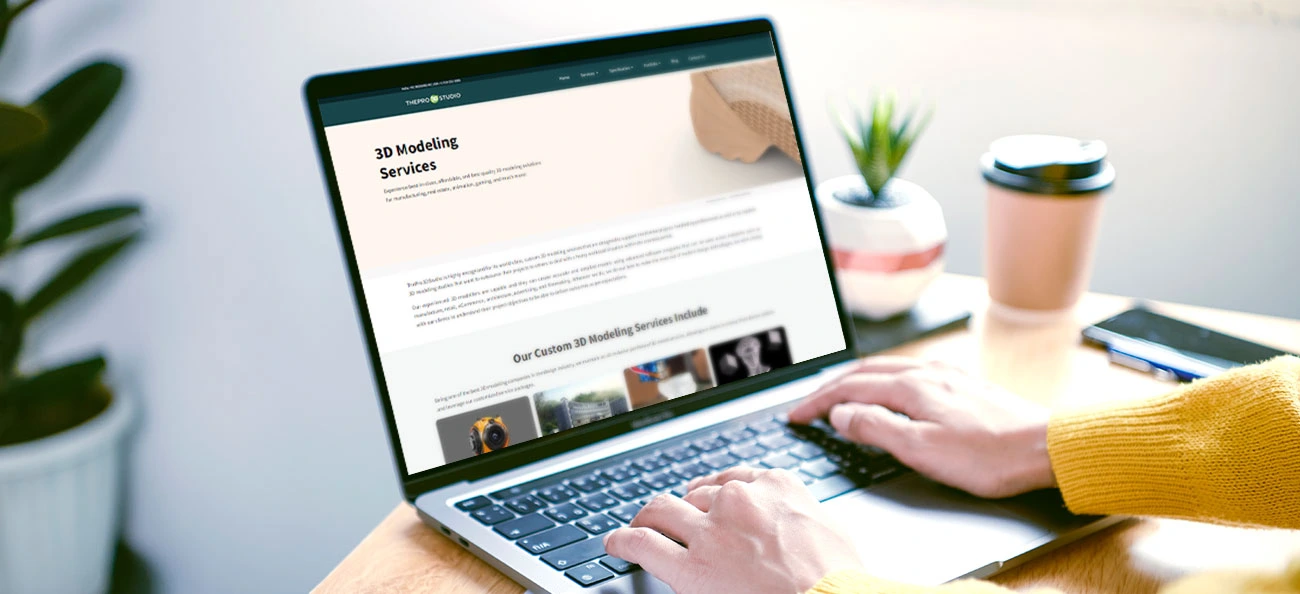 Reference URL
Reference URLThird-party resource links are advantageous to the 3D team to get further information on the product they are going to model, such as how the product will be utilized in real-life, what are the use cases, what more functionalities can be integrated, what the product should look and feel like, or how other competitors are doing it.
Furthermore, these resources can provide more image references to the team and yield greater results.
-
Materials and textures of the object
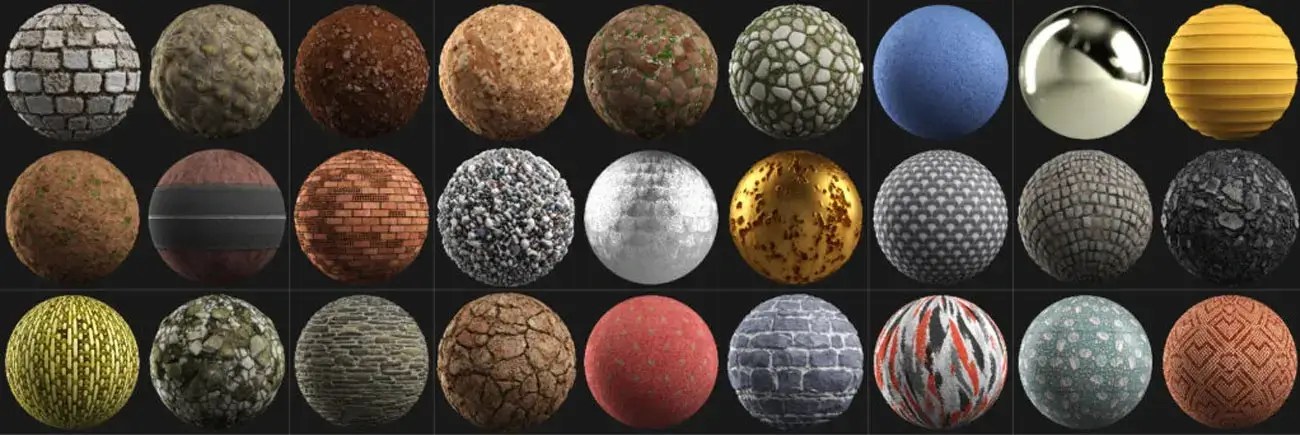 Texturing materials
Texturing materialsAs much as faulty, disproportionate pictorial representations have an adverse effect on the exactness of a digital model, textures and materials also dominate its quality. The materials of the object determine its surface properties, which eventually control its light reflection.
These surface properties indicate whether the object will be transparent, shiny, rough or rugged, and so on. Textures are analyzed to understand if there are any dents, bumps, or other boundary contours.
3D design professionals must be provided with all such details to proceed with the texturing. Accurate texture references will help them use similar textures to map and wrap around the model. If sample materials and textures are difficult to share, then at least a few high-quality pictures of the sample will still work.
-
High resolution images
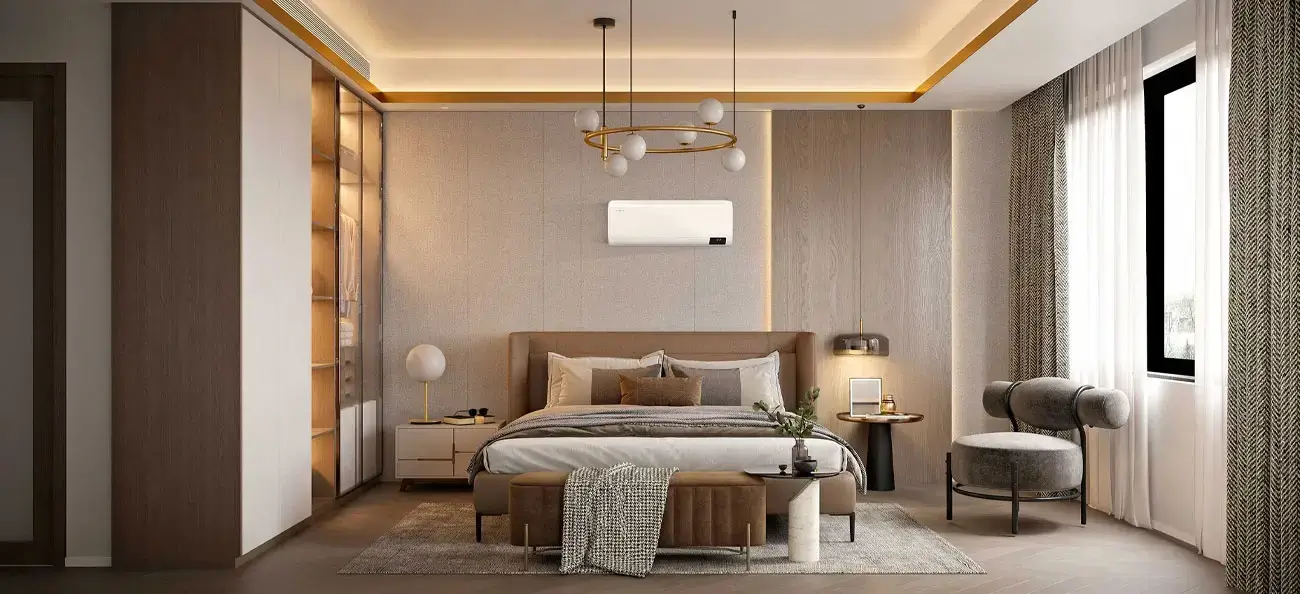 Image resolution
Image resolutionIt goes without saying that all of the photos and visual cues must be of the highest resolution and quality to ensure maximum clarity, because creating a 3D model from photos is already a difficult task.
Therefore, grainy images won’t give the optimum clarity even if the angles are perfect and the lighting is flawless. Make sure all the minute details are visible properly. It is also mandatory for the 3D team to ask for high-quality images from their clients.
-
Consistency in the visuals
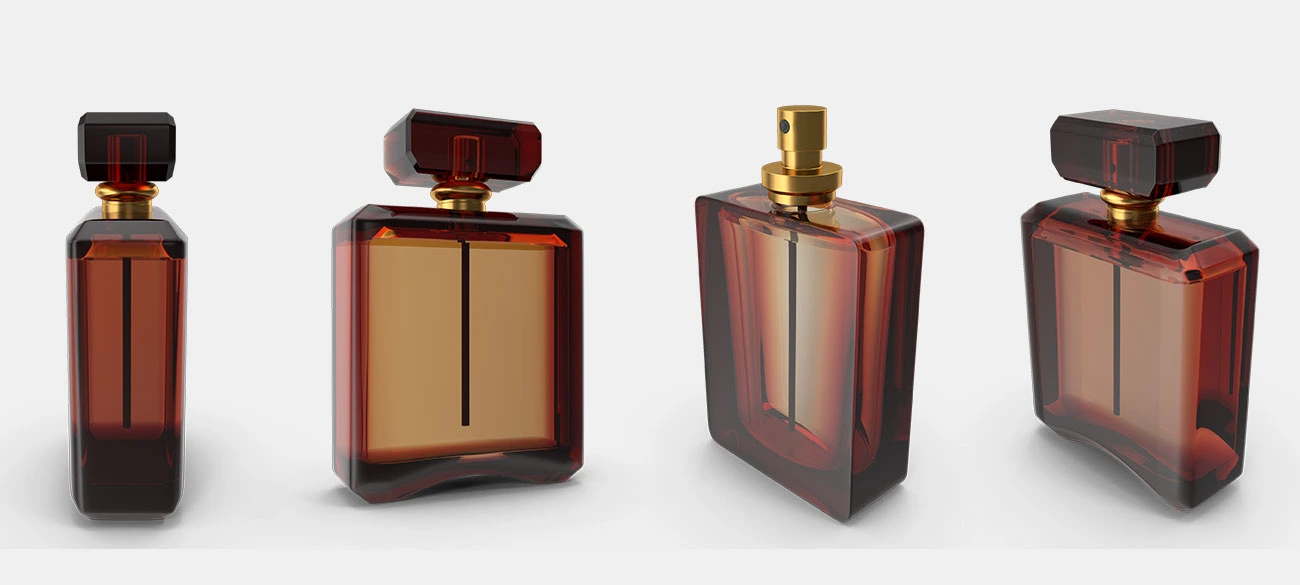 Visual consistancy
Visual consistancyThe views should be consistent and aligned with each other, with the same scale and orientation. If photos of the same product differ, it will confuse the 3D artists and cause unnecessary back and forth.
Hence, clients must make sure, while providing the samples, that all the 3D reference images are consistent throughout.
-
Brightness and contrast must be balanced
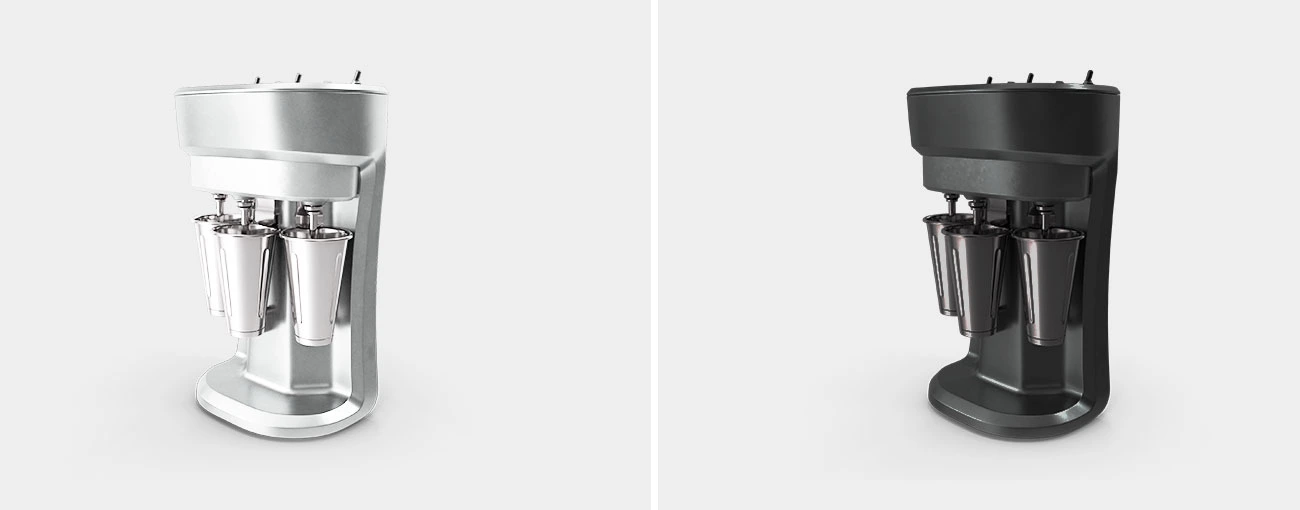 Balance brightness and contrast
Balance brightness and contrastThis balance is required to differentiate the object from the background, as without the perfect amount of contrast, objects will get lost. Same goes for the brightness factor; check for brightness in the image, and if there’s any mismatch, ask your photo editor to make the required changes.
You can reach out to professional photo editing service providers for the job. They possess years of expertise and experience across diverse industries and can edit the images in the right manner, making them ideal to be shared with your 3D team. Typically, these professional firms also provide Professional 3D modeling solutions under one roof.
-
Add a reference scale to the images
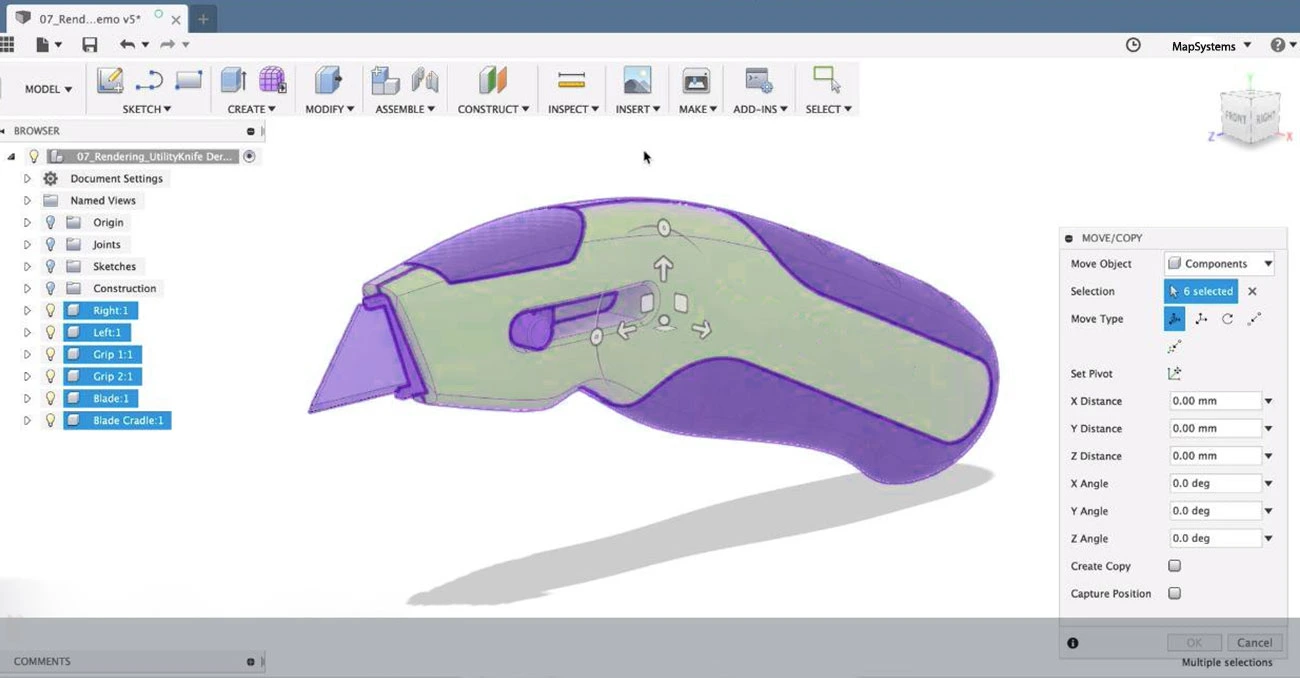 Accurate scaling
Accurate scalingIt is important to have a reference scale in the images, such as a ruler or a known object, to ensure accurate scaling of the 3D model. These scales determine the change in the object’s size relative to its surroundings.
Such reference scales are great determining factors in terms of adjusting the length, depth, and height of the product model. There can be different 3D modeling techniques requiring a variety of reference scales. Determine which technique your team would follow and inform the client accordingly.
There you have it, these are the 10 most common criteria one should consider while providing sample image references for 3D modeling.
Following these, one can ensure the image references are accurate and provide the necessary information required to create 3D model from image that is accurately detailed and appears highly realistic.
Parting thoughts
The market landscape of 3D models has become highly competitive compared to what it was a few years back. Now, consumers have a very short attention span; they also have numerous options to choose from. Hence, marketers must strive hard to impress and convince prospective buyers about their business.
3D models must be extremely accurate and detailed; only then they could create an impact on the buyers. Providing high-quality and precise image references to 3D artists has thus become so critical.
We hope the aforementioned criteria will give a fair idea of how to ensure the references will serve their purpose in the right manner. Reach out to professional 3D modeling service providers that have the expertise to develop high-end 3D models.
Contact Us

